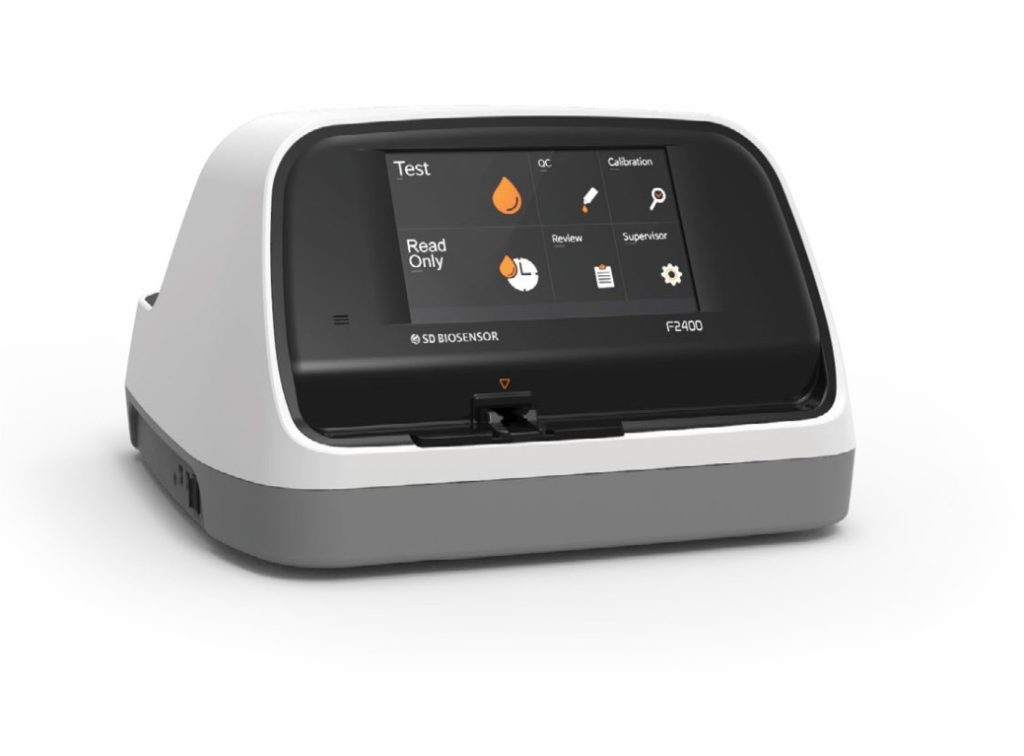

Series with a more extended metabolic workup revealed a yield of more than 5%. However, previous studies were designed to identify an etiological yield and ignored the ‘therapeutic yield’ (i.e., the identification of a treatable disorder). The typical metabolic workup (lactate, ammonia, chromatography of plasma amino acids and urinary organic acids) has a diagnostic yield of less than 1% to 5%, therefore supporting testing only when clinical red flags are present. Nonspecificity often precludes the timely identification of a potentially treatable disorder, especially in late-onset disorders or in milder cases, where complete symptomatology has not developed. Also striking is that as much as two-thirds of children with GDD/ID have no recognizable pattern of symptoms pointing toward a specific diagnosis. While rapid access to a clinical geneticist or metabolic specialist for an evaluation identifying the most probable IEM would be ideal, it is not a reality in most of Canada. IEM Inborn error of metabolism SD Standard deviation. Noncongenital progressive spine deformitiesĭata taken from ref.Sensory deficits, especially if progressive (e.g., cataracts, retinopathy).Facial dysmorphism (e.g., coarse facial features).Behavioural or psychiatric problems (e.g., psychosis at a young age).Unusual dietary preferences (e.g., protein or carbohydrate aversion).History of being severely symptomatic and needing longer to recover with benign illnesses (e.g., upper respiratory tract infection).Recurrent episodes of vomiting, ataxia, seizures, lethargy, coma.

Reserved for children 2 SD above or under the mean)

Timely initiation of causal treatment or supportive management,.Therefore, it is essential that general paediatricians in Canada coordinate the etiological evaluation of this patient population with subspecialists, using an integrative approach.Ī diagnosis is critical because it allows for : The etiology of GDD/ID can be identified in many cases (40% to 80%). Early detection is crucial for initiating rehabilitation services and treatment as soon as possible. Because the etiological diagnoses of GDD and ID overlap, it is natural that investigations in pursuit of a definitive diagnosis for either disorder are similar. The diagnosis of GDD is limited to children younger than 5 years old, but these children often evolve to meet diagnostic criteria for ID and probably represent the same population ( Table 1). Global developmental delay (GDD) and intellectual disability (ID) affect up to three per cent of the paediatric population. Keywords: Chromosome microarray Global developmental delay Intellectual disability IEM Brain imaging is recommended in the presence of specific neurological findings. Key elements of investigation include formal vision and hearing testing, chromosomal microarray, Fragile-X DNA testing and first-tier testing for treatable inborn errors of metabolism. The revised protocol is based on current knowledge and existing guidelines. This statement provides a framework for the clinical investigation of GDD/ID in children, along with an updated protocol for Canadian physicians to follow in the etiological investigation of GDD/ID. The American Academy of Pediatrics, the American Academy of Neurology and the British Columbia-based Treatable Intellectual Disability Endeavor (TIDE) protocol have each proposed multitiered investigations of GDD/ID to guide physicians toward an understanding of etiology that optimizes therapeutic yield. Etiologies of both conditions are highly heterogeneous.

Global developmental delay (GDD) and intellectual disability (ID) are common concerns in the paediatric setting. Bélanger, Joannie Caron Canadian Paediatric Society, Mental Health and Developmental Disabilities Committee


 0 kommentar(er)
0 kommentar(er)
